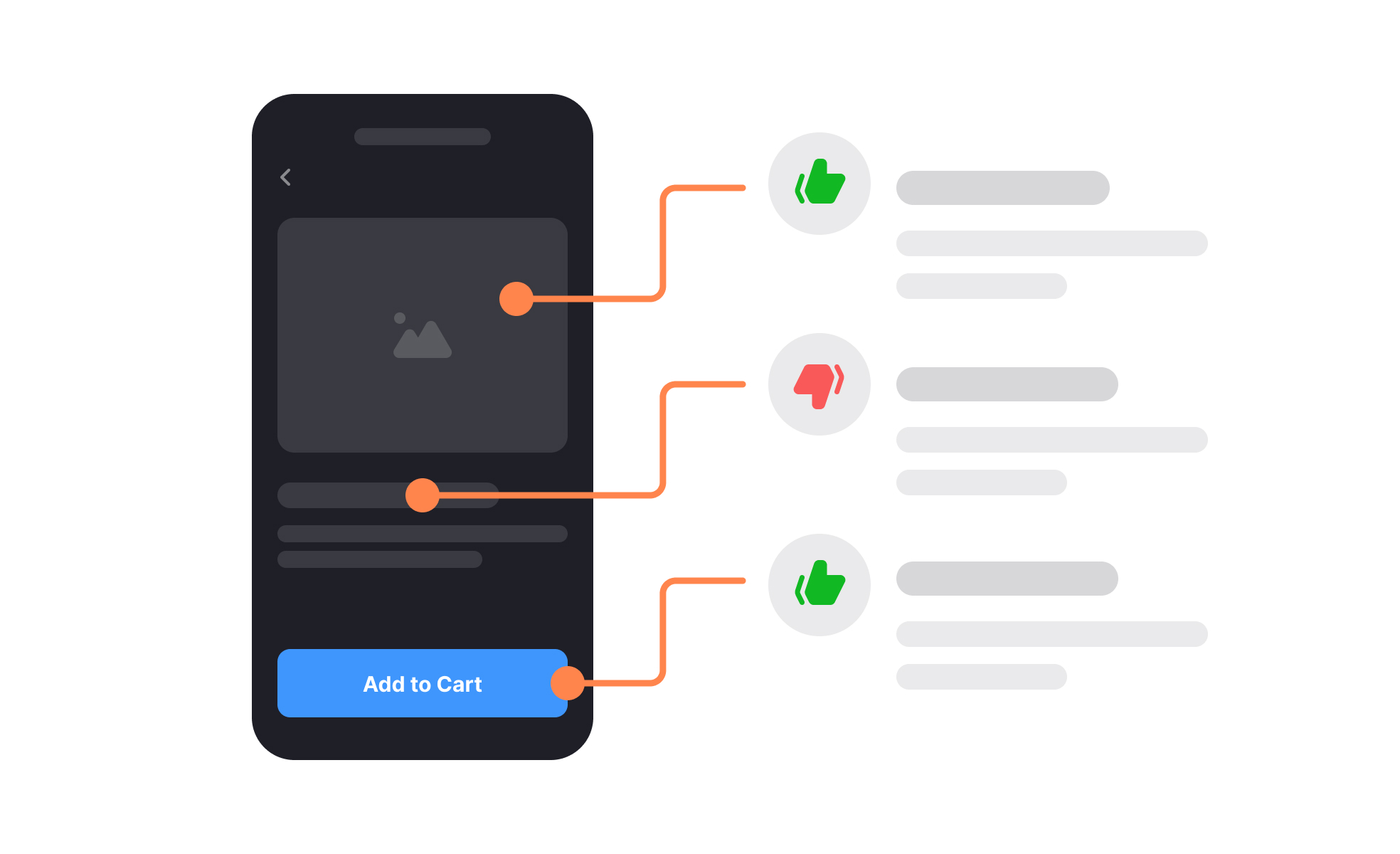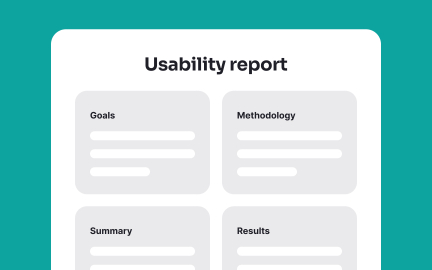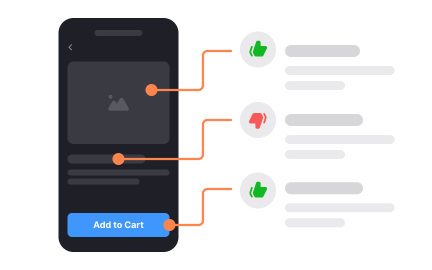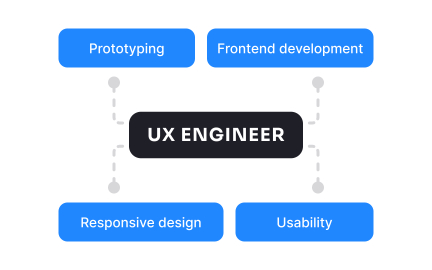UX Audit
A UX audit is a structured evaluation of a digital product’s usability and accessibility that identifies problems and opportunities for improvement.

TL;DR
- Systematic review of product usability.
- Identifies friction points in user journeys.
- Evaluates accessibility and design consistency.
- Guides improvements with actionable insights.
Definition
A UX audit is a methodical review of a digital product’s design and user experience, assessing usability, accessibility, and efficiency to uncover issues and recommend improvements.
Detailed Overview
A UX audit helps teams understand how well a product serves its users. By analyzing design patterns, interaction flows, and accessibility standards, an audit provides a clear picture of what is working and what creates friction. It is often one of the first steps before redesigning or optimizing a product.
A frequent question is why teams should conduct a UX audit. Products evolve quickly, and new features often introduce complexity. Over time, this leads to inconsistent design, confusing workflows, or accessibility gaps. A UX audit highlights these problems, enabling teams to address them before they impact business metrics like retention or conversion.
Another common query involves what a UX audit includes. Typical elements are heuristic evaluations, usability testing reviews, analytics analysis, accessibility checks, and consistency assessments. For example, evaluators may identify that navigation labels are unclear, forms are not optimized for mobile, or color contrast fails accessibility standards. Each issue is documented with severity and recommendations.
Teams also ask how data informs audits. Beyond expert reviews, audits frequently incorporate analytics data and session recordings. These sources reveal where users drop off or encounter errors, ensuring that recommendations are evidence-based. This mix of qualitative and quantitative insights strengthens credibility and prioritization.
Accessibility often becomes a major outcome of UX audits. Many teams discover that their products unintentionally exclude users by overlooking basic standards like keyboard navigation or screen reader compatibility. Addressing these gaps not only improves inclusivity but also reduces legal and reputational risks.
Finally, UX audits are not only diagnostic but strategic. They provide a roadmap for improving the product, aligning design efforts with business goals. By identifying both quick fixes and long-term opportunities, audits guide teams toward more user-centered, effective solutions.
Learn more about this in the UX Audit Exercise, taken from the Design Processes & Research Methods Lesson, a part of the UX Design Foundations Course.
UX audits are valuable during major redesigns, after new feature rollouts, or when performance metrics like retention and conversion decline. They uncover problems that may not be visible to internal teams.
Proactive audits also prevent small issues from compounding into larger usability problems.
Methods include heuristic evaluations, analytics reviews, usability test analysis, and accessibility checks. These approaches identify both surface-level design issues and deeper structural problems.
Combining multiple methods ensures a comprehensive evaluation.
The timeline depends on scope. A focused audit of a single feature may take a week, while a full product evaluation can span several weeks.
Clear planning and defined objectives help streamline the process.
Audits can be done by in-house UX teams, external consultants, or a combination of both. External reviewers often provide fresh perspectives and uncover blind spots.
Having multiple viewpoints strengthens findings and solutions.
Outcomes typically include a report with prioritized issues, recommendations for fixes, and a roadmap for improvement. Some audits also provide prototypes or visual suggestions.
The ultimate outcome is a clearer strategy for enhancing user satisfaction and business performance.
Recommended resources
Courses

Introduction to Design Audits

UX Design Foundations

Design Terminology
Lessons

Design Processes & Research Methods

Content Audits for UX Writing

Audit Planning and Setup
Projects
Waze: Playful Icon Transformations

Deeply - Your Mindful Companion











